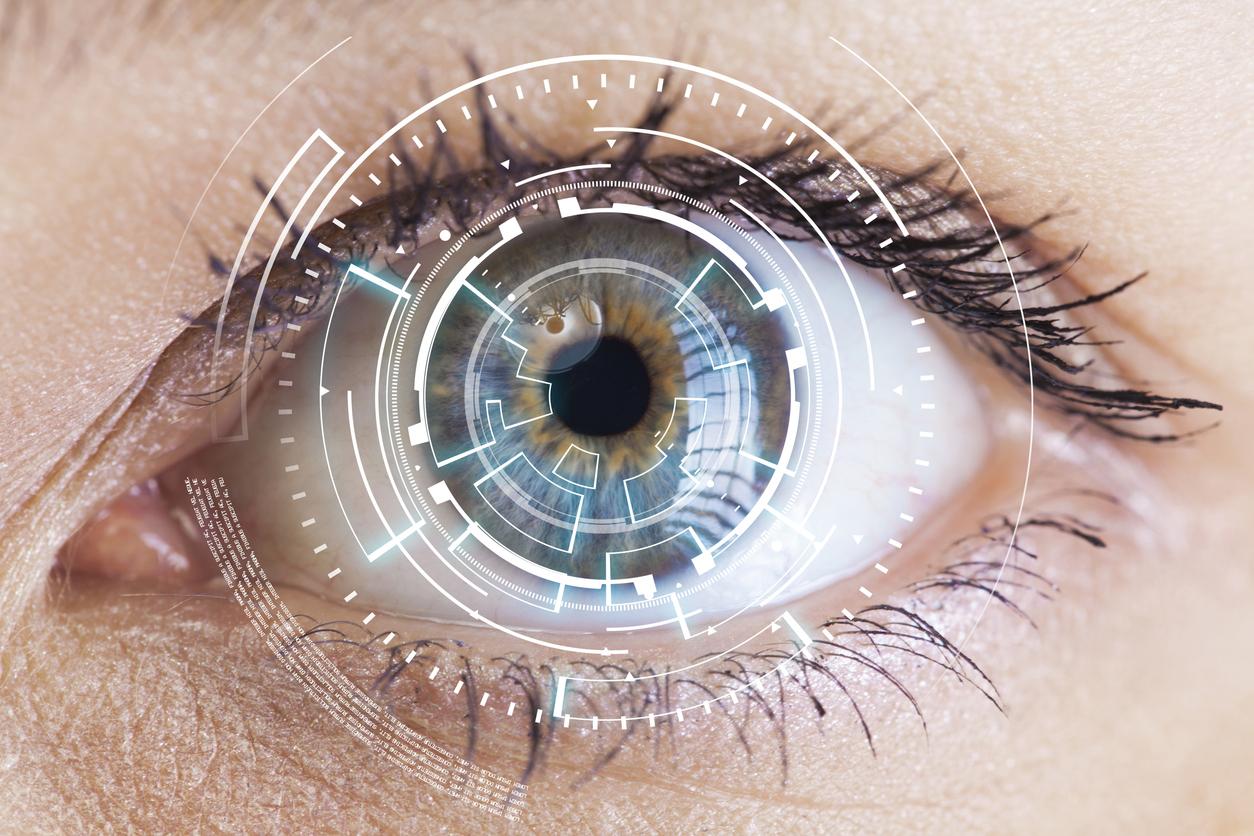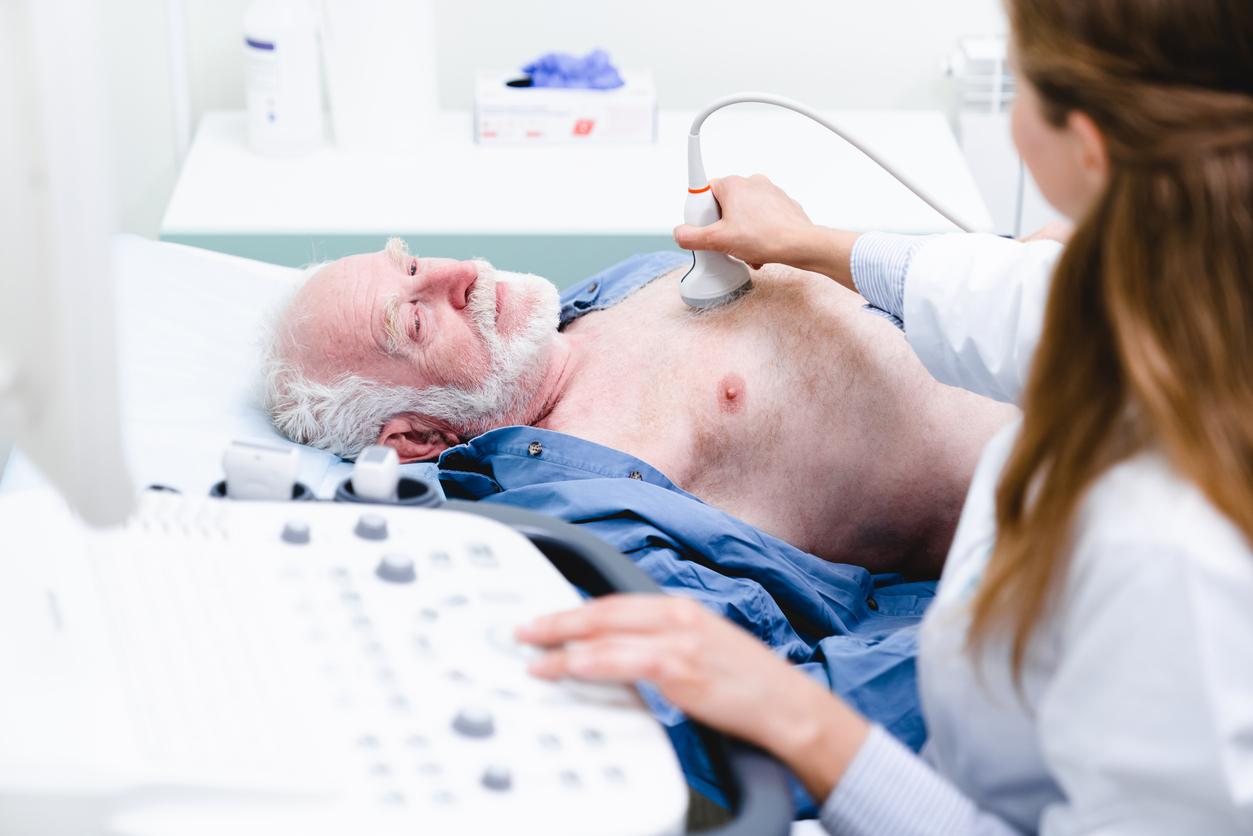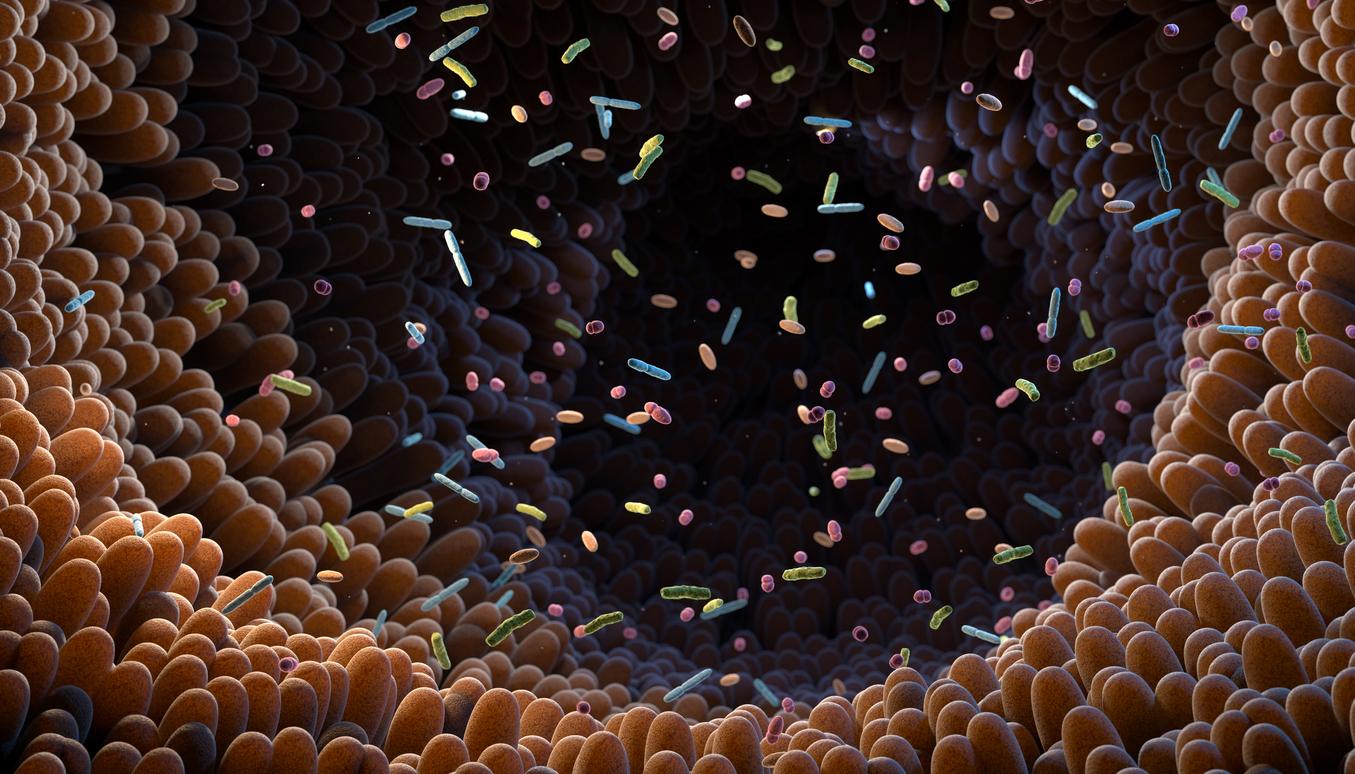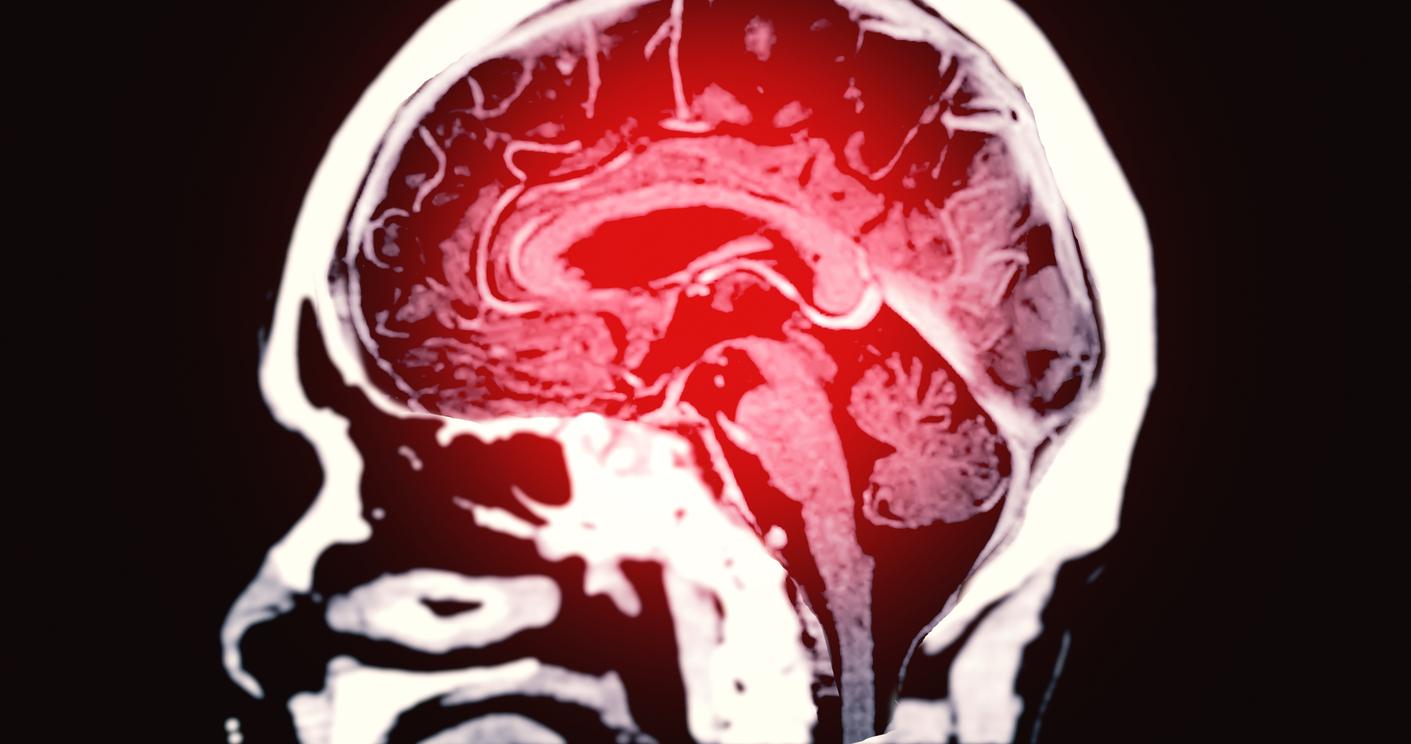A multidisciplinary approach to provide emergency physicians with a knowledge base on ischemic stroke in young women was considered. It is about addressing the unique challenges in assessing and diagnosing stroke to improve outcomes in emergencies.

How to detect stroke in young women? This question inhabited Dr. Bernard P. Chang during a study. His research interests focused on psychological and cardiovascular outcomes after acute medical events such as stroke and acute coronary syndrome.
Multiple opportunities
Her work suggests that multiple opportunities exist to improve the detection and treatment of ischemic stroke in young women.
Those are opportunities in terms of knowledge : causes (dissection of cervical arteries, cardiac embolisms and thromboses), risk factors (contraception, tobacco, migraine, childbirth, autoimmunity and diabetes), differential diagnoses (migraine, hypoglycemia, epilepsy, multiple sclerosis, etc.) and treatments (thrombolysis, endovascular treatments, etc.).
The authors propose clinical decision rules, educational campaigns designed to educate young women, and consideration of preventive strategies to lead to interventions that can improve outcomes in young people.
Towards a predictive future
The results support the need for increased transparency so that effective, cost-effective and high-quality care can be provided to all of these young women.
” As with other thromboembolic disease processes, this study highlights the importance of recognizing non-atherosclerotic risk factors in premenopausal women that may predispose them to stroke ”, assures Andrew W. Asimos, professor in the department of emergency medicine.
Indeed, risk factors, exploring their existence in young women can help account for stroke risk, even with more subtle clinical presentations.
With machine learning and artificial intelligence becoming more and more integrated into the electronic medical record, researchers predict a future in which clinicians can anticipate this kind of pathology.

.















